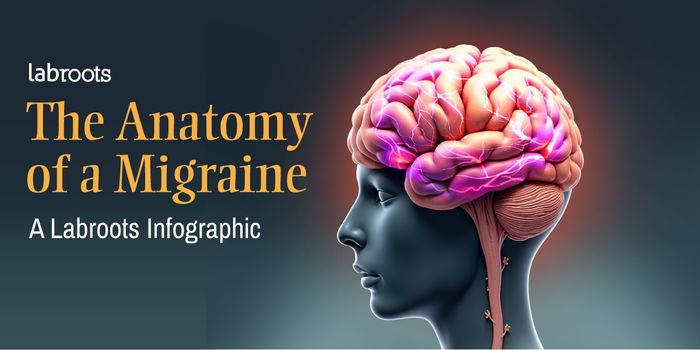BabySeq - Expanded Newborn Screens Give Families Useful Data
When a baby is born in the United States, a bit of blood is taken from the baby's heel in what is called a heel stick test. DNA is extracted from the blood, and babies are tested for a range of serious but treatable inherited diseases. In The BabySeq Project, researchers sought to determine whether it was practical and useful to sequence larger sections of newborns' genomes at birth, which can reveal the presence of thousands of disorders. Not all of them will be immediately treatable, but it could provide people with very useful information that could improve healthcare, reduce the likeilihood of some diseases, and patient outcomes.
BabySeq has already shown that it can reveal important information about unanticipated disease risks in about 11 percent of kids. In all cases, there were some medical actions that could be taken to potentially mitigate the effects of the illness. There was also no evidence that this new information created stress or psychological distress for those who were informed.
In the latest study from the BabySeq project, reported in the American Journal of Human Genetics, scientists have shown that the infants who were found to be at increased risk of disease underwent consultations and procedures that could reduce their risk of disease. In some cases, family members of the children had a preventive treatment. For example, because of the information obtained in this study, the mothers of three infants underwent surgeries that reduced their risk of cancer.
"By screening apparently healthy newborns, entire families were alerted for the first time that dangerous but treatable genetic variants were present," said BabySeq project co-leader and corresponding study author Robert C. Green, MD, MPH, of Brigham and Women's Hospital and Harvard Medical School. "We were stunned to see that with no specific guidance from the study, newborn sequencing prompted life-saving actions among several mothers."
In recent years, more targeted treatments such as gene and cell therapies have become more widely available, and more disorders can be relieved or mitigated in some way, especially when people are aware of the problem earlier. This makes implementing thorough newborn screening increasingly urgent.
In the first phase of this study, 325 infants and families were enrolled from 2013 to 2018. Genomic sequencing was performed for half of the newborns on 1,000 genes. The researchers followed up on the families for three to five years after the infants were born.
Indeed, the sequencing revealed the presence of diseases, as well as risk of future diseases. In one healthy infant, a harmful mutation in a gene called ELN was identified. This mutation causes supravalvular aortic stenosis, which can lead to heart failure if untreated. The infant was found to have a narrowing of the aorta, which was not suspected before this data, on a later evaluation.
This was surprising for both the researchers and families, said co-lead study author Nidhi Shah, MD, a medical geneticist at Dartmouth Health Children's. "This case highlights how genomic screening can uncover treatable genetic conditions that may not be apparent to healthcare providers during routine pediatric care."
Now, about 88 percent of rare disease experts are in agreement that DNA sequencing should be used to detect as many treatable childhood disorders as possible in all newborns.
Sources: Brigham and Women's Hospital, American Journal of Human Genetics









